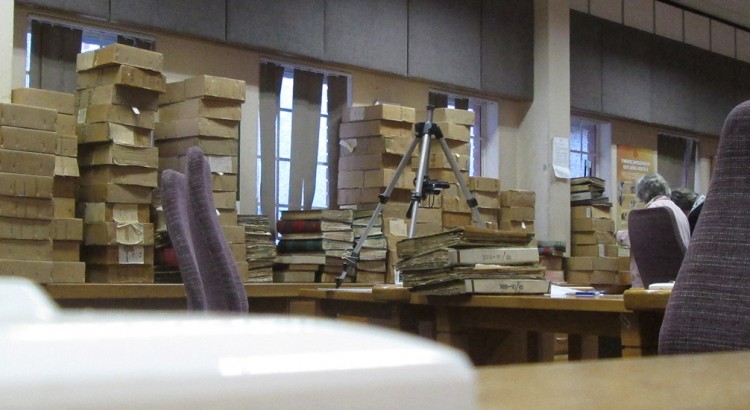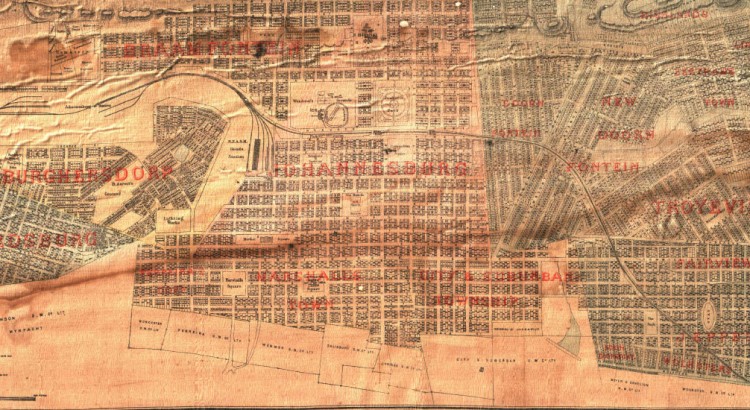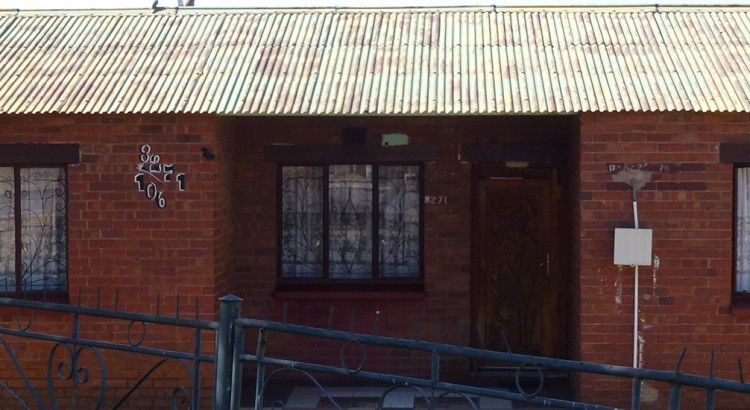Throughout 2014, Gregory Lord (Hamilton/DHi Lead Designer and Software Engineer) and Kevin Xiao ’15 (Hamilton/DHi Student Intern) began to design and implement the early version of the Soweto Virtual Environment. This work doubled as both an active DHi development project, as part of the Dangerous Embodiments grant (funded by the NEH, partnered with the University of Arkansas, and later University of Mass., Amherst), and as a student training and development project, training Xiao in the use of 3D modeling and game design tools.
Xiao participated in the project as a 3D modeler and scene designer for the Soweto virtual environment, learning the fundamentals of 3D modeling over the course of his participation in the project, studying under Lord.
To develop this model, researcher and project director Angel David Nieves, Ph.D., provided the development team with blueprints for a variety of houses that comprise the represented section of the Soweto township, along with the Orlando Methodist Church. Using this data, Xiao and Lord designed 3D models that used these blueprints, making sure to capture both the layout and dimensions of each building. From there, the team used a combination of both historical and modern photographs and images to texture the houses, bringing them closer to a photorealistic appearance.
Finally, the team imported each of these models into the Unity engine, where they combined the models with tools that allowed them to create an accurate street map from Open Street Maps data. By putting all of these together, and reconciling the building locations with maps of the region, the team recreated an accurate representation of a particular block of the Soweto township, serving as proof of concept for what will later be the full township.























You must be logged in to post a comment.